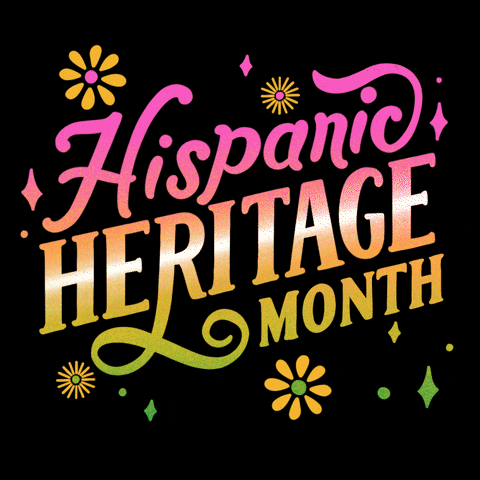Playlist: Hispanic Heritage Month
Happy Hispanic Heritage Month! What started as Hispanic Heritage Week in 1968 under President Johnson, became Hispanic Heritage Month in 1988 under President Reagan. It’s now an annual observance that takes place between Sept. 15–Oct. 15.
Here at Pacific Symphony, we’ve put together a playlist that was inspired by some of the composers we’ve been listening to lately. To listen to the full song, please click or tap on the attached hyperlink.
Alberto Ginastera (Argentina): “Malambo” from Estancia
Ginastera’s Estancia was originally commissioned by Lincoln Kirstein for the American Ballet Caravan. It would first premiere as an orchestral work in 1943 and later as a ballet in 1952. “Malambo” is the fourth and final movement.
Osvaldo Golijov (Argentina): Sidereus
Originally composed to honor former League of American Orchestras President Henry Fogel, Sidereus made its debut with the Memphis Symphony Orchestra on Oct. 16, 2010.
Astor Piazzolla (Argentina): “Primavera porteña” from Cuatro Estaciones Porteñas
Tango’s music history wouldn’t be the same without Astor Piazzolla. Inspired by Vivaldi’s Four Seasons, Cuatro Estaciones Porteñas is Piazzolla’s take on Vivaldi’s work. While it may be fall here in the northern hemisphere, spring has sprung in the southern hemisphere.
Heitor Villa-Lobos (Brazil): Bachianas Brasilieras No. 5 (fix spelling Brasileiras)
Bachianas Brasileiras No. 5 is divided into two main parts: the ária and dança. Released in 1938 and 1945 respectively, No. 5 is known to be one of Villa-Lobos’ best-known works. It was written specifically for soprano and cellos. Lyrics were written by Ruth V. Corrêa (ária) and Manuel Bandeira (dança).
Carlos Chavez (Mexico): Symphony No. 2, “Sinfonia India”
It took Carlos Chavez a year to complete his work on Symphony No. 2 between 1935 and 1936. Chavez would also go on to conduct all three premieres with the Columbia Broadcasting Orchestra, Boston Symphony Orchestra and in Mexico in 1936.
Arturo Márquez (Mexico): Danzón No. 2
Imagine you’re at a dance hall in Cuba in the 19th century and danzón music is playing. Even though the style has transformed over the centuries, it’s still loved. Composer Arturo Márquez was introduced to it at dance halls throughout Mexico City in the 1990s and the rest is history. Danzón No. 2 would make its public debut in 1994.
José Pablo Moncayo (Mexico): Huapango
Huapango is one of José Pablo Moncayo’s lasting masterpieces. One of Mexico’s unofficial anthems, the piece was originally commissioned by his teacher, Carlos Chavez, who would also go on to conduct the work at its world premiere in Aug. 1941 with Symphony Orchestra of Mexico. It can be played by a variety of groups from mariachis to large orchestras.
Manuel Ponce (Mexico): “Primavera” from Chapultepec
Before Carlos Chávez and Silvestre Revueltas, there was Manuel Ponce. Considered to be one of the fathers of the Mexican nationalist movement in the early 20th century, Ponce’s Chapultepec is one of his more popular symphonic poems. “Primavera” is the first movement.
Silvestre Revueltas (Mexico): Sensemayá
Picture a snake moving away from its killer. Can you feel the sense of doom? Now put that to music. Despite the fact that Sensemayá made its debut in Dec. 1938, it wouldn’t earn international attention until 1945 during a performance in the United States led by conductor Leopold Stokowski. The piece is one of Revueltas’ most recognizable symphonic poems.
Roberto Sierra (Puerto Rico): Fandangos
Composed in 2000, Fandangos one of the younger pieces on this playlist. It had its world premiere at the Kennedy Center in Washington D.C. in Feb. 2001 and was commissioned by the National Symphony and Leonard Slatkin. The piece was inspired by Antonio Soler’s Fandango for Harpsichord.
Have you listened to any of these pieces before? Which one is your favorite? Let us know in the comments below! To learn more about the history behind Hispanic Heritage Month, please click here.

